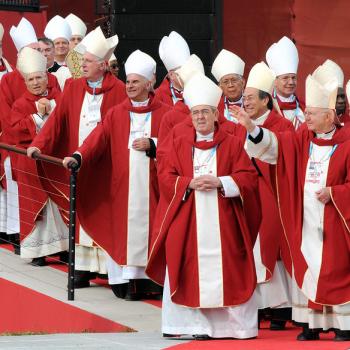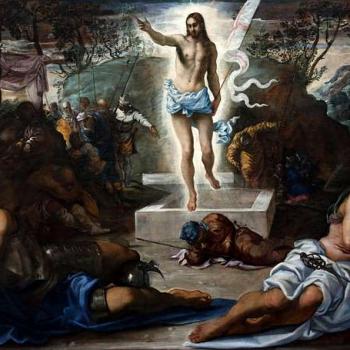Michael Anton makes a good case for The Twilight Zone:
“Fantasy is the impossible made probable. Science fiction is the improbable made possible” — that’s how Serling initially described the concept. Every week, the show would have a new setting, a new cast, and a new premise. The unifying theme would be “the unknown” — understood broadly to include space travel and time travel, ESP and immortality, dystopian futures and idyllic pasts, Santa Claus and Mr. Death.
Yet it was precisely The Twilight Zone’s disconnect from reality that gave Serling cover to comment on the issues he most cared about. His favorite topic — revisited again and again — was prejudice. Serling was absolutely marinated in the anti-racism ideology of midcentury liberalism. “The worst aspect of our time is prejudice,” he once said, a sentiment he repeated in nearly identical terms over and over again. Sometimes drawing from this well yielded inspired results, such as the classic episode “Eye of the Beholder,” set on a planet in which a beautiful plastic-surgery patient is considered ugly and all the “normals” look like pigs. But Serling returned too often, burdening the show with clunkers like “He’s Alive” (the “he” being Hitler) and “I Am the Night, Color Me Black” (a melodrama about a lynching).
When he turned his rhetorical guns against authoritarianism, he left nothing standing. One of the most powerful episodes — “The Obsolete Man” — pits a meek, Bible-quoting librarian against a book-banning, atheistic über-state, over which the librarian scores a posthumous victory. There is also a strong streak of anti-Communism in Serling’s work. (Serling was a lifelong patriot who served bravely in World War II; he came to oppose the war in Vietnam because he thought the corrupt Saigon government unworthy of American support.) One underrated episode (“The Mirror”), about a Castro-lookalike Latin American dictator, could have been inspired by Animal Farm or Leo Strauss’s On Tyranny. Another episode makes a punch line out of Nikita Khrushchev.
Not that all, or even most, of the scripts were thinly veiled social criticism. The Twilight Zone was first and foremost entertainment — “good stories, well told,” Serling promised, and largely delivered. Many of the greatest plots had no political undertone at all — and were not even scripted by the boss. Serling wrote an incredible 92 of the show’s 156 episodes, but some of the most beloved and memorable were penned by a quartet of freelance contributors: established sci-fi gurus Charles Beaumont and Richard Matheson, and newcomers George Clayton Johnson and Earl Hamner Jr. (who went on to create The Waltons).
Serling returned to these men again and again in part because of how well they understood the form. As Matheson put it, “The ideal Twilight Zone started with a really smashing idea that hit you right in the first few seconds, then you played that out, and you had a little flip at the end; that was the structure.” Indeed, the show’s hallmark came to be those sucker-punch endings: “It’s a cookbook!” “Dolls for Christmas . . . ” “U.S. Air Force Space Probe No. 1.” And on and on. They became so characteristic of the show that some wags dubbed it “O. Henry in Outer Space,” after the turn-of-the-century short-story writer’s famous twist finales.
I will accept nominations for other candidates for best TV show ever as well as favorite episodes of the Zone.











